
Abraham "Bram" Stoker was an Irish author who is best known for writing the 1897 Gothic horror novel Dracula. During his life, he was better known as the personal assistant of actor Sir Henry Irving and business manager of the West End's Lyceum Theatre, which Irving owned.

Year 1487 (MCDLXXXVII) was a common year starting on Monday of the Julian calendar.

"Molly Malone" is a song set in Dublin, Ireland, which has become its unofficial anthem.

The history of Irish theatre begins in the Middle Ages and was for a long time confined to the courts of the Gaelic and "Old English" – descendants of 12th-century Norman invaders – inhabitants of Ireland. The first theatre building in Ireland was the Werburgh Street Theatre, founded in 1637, followed by the Smock Alley Theatre in 1662.
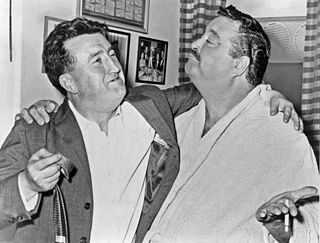
Brendan Francis Aidan Behan was an Irish poet, short story writer, novelist, playwright, and Irish Republican, an activist who wrote in both English and Irish. His widely acknowledged alcohol dependence, despite attempts to treat it, impacted his creative capacities and contributed to health and social problems which curtailed his artistic output and finally his life.

The National Wax Museum Plus is a waxworks in Dublin, Ireland. First opened in 1983 as the National Wax Museum, it was later relocated and renamed.
The University Philosophical Society (UPS), commonly known as The Phil, is a student paper-reading and debating society in Trinity College, Dublin, Ireland. Founded in 1683, it describes itself as the oldest student, collegial and paper-reading society in the world.

Dublin 1, also rendered as D1 and D01, is a postal district on the northside of Dublin, Ireland.
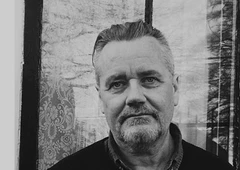
Gerard Beirne is an Irish author and literary editor. He is a fiction editor for The Fiddlehead and curates the online magazine The Irish Literary Times.

Tourism in the Republic of Ireland is one of the biggest contributors to the economy of Ireland, with 9.0 million people visiting the country in 2017, about 1.8 times Ireland's population. Each year about €5.2bn in revenue is made from economic activities directly related to tourists, accounting for nearly 2% of GNP and employing over 200,000 people. In 2011 alone, Ireland was voted 'Favourite holiday destination in the World' by readers of Frommer's Guide, Lonely Planet listed Ireland as the world's friendliest country and Cork City as one of the top ten cities in the world and the Irish tourist boards website, DiscoverIreland.com, was named the best tourist board website in the world. Most tourists visiting Ireland come from the United Kingdom, the United States, Germany and France.
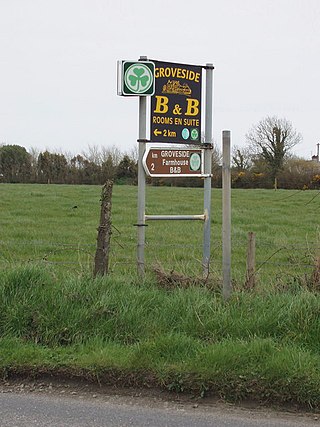
Fáilte Ireland is the operating name of the National Tourism Development Authority of Ireland. This authority was established under the National Tourism Development Authority Act of 2003 to replace and build upon the functions of Bord Fáilte, its predecessor organisation. The organisation was established to support the development and promotion of tourism within Ireland, and it undertakes tourism marketing, training and research activities.
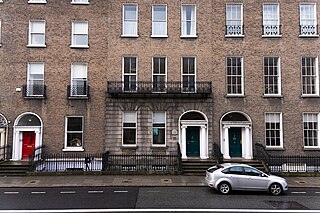
Leeson Street is a thoroughfare near central Dublin, Ireland.
The Zoological Society of Ireland (ZSI) is the body responsible for running Dublin Zoo, where it is based, and Fota Wildlife Park in County Cork. It is the successor to the Royal Zoological Society of Ireland (RZSI), a learned society for the study of zoology.

Nelson's Pillar was a large granite column capped by a statue of Horatio Nelson, built in the centre of what was then Sackville Street in Dublin, Ireland. Completed in 1809 when Ireland was part of the United Kingdom, it survived until March 1966, when it was severely damaged by explosives planted by Irish republicans. Its remnants were later destroyed by the Irish Army.
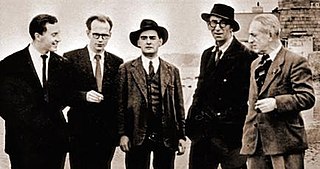
John Ryan (1925–1992) was an Irish artist, broadcaster, publisher, critic, editor, and publican.
Christopher Temple Emmet was an Irish barrister and poet, born into a well-connected, but politically radical, Ascendancy family.

The Museum of Literature Ireland, branded MoLI in an homage to Molly Bloom, is a literary museum in Dublin, Ireland. It opened in September 2019. The museum is a partnership between the National Library of Ireland and University College Dublin (UCD). It is located in UCD's Newman House in St Stephen's Green. It holds a permanent collection of James Joyce–related material, including his "Copy No. 1" of Ulysses, and revolving exhibitions on other Irish literary figures. With a range of audio and immersive displays, it has been nominated for and won a number of awards for design and architecture.
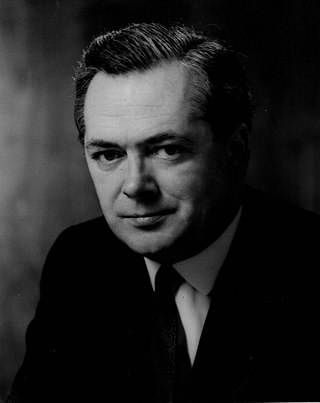
Seán J. White was an Irish writer, academic, broadcaster and journalist.
Micheal Farrell was an Irish painter and printmaker. He was a member of Aosdána, an elite Irish association of artists.




















